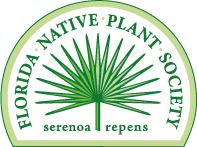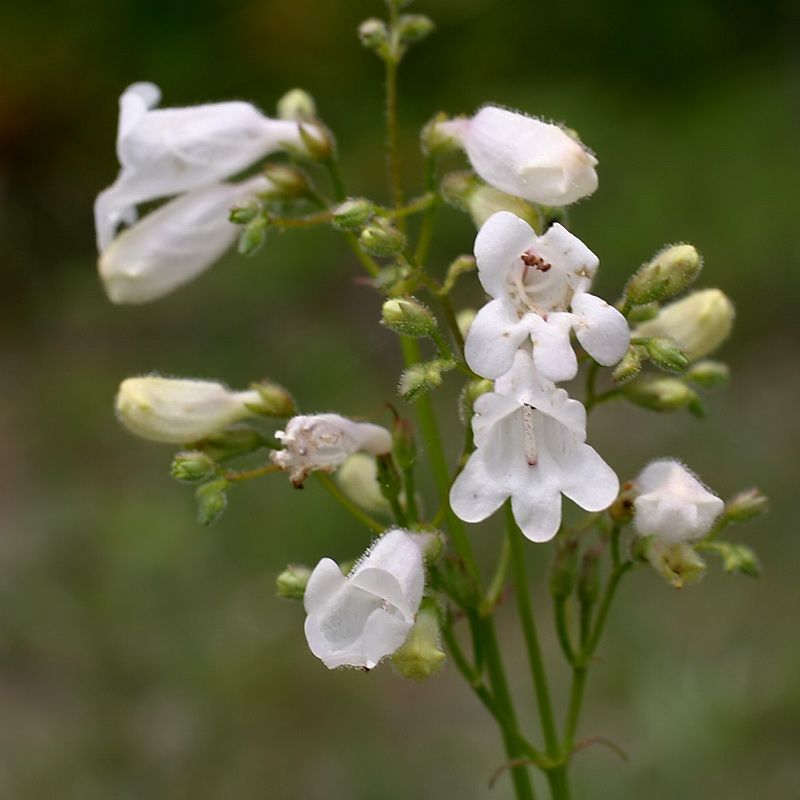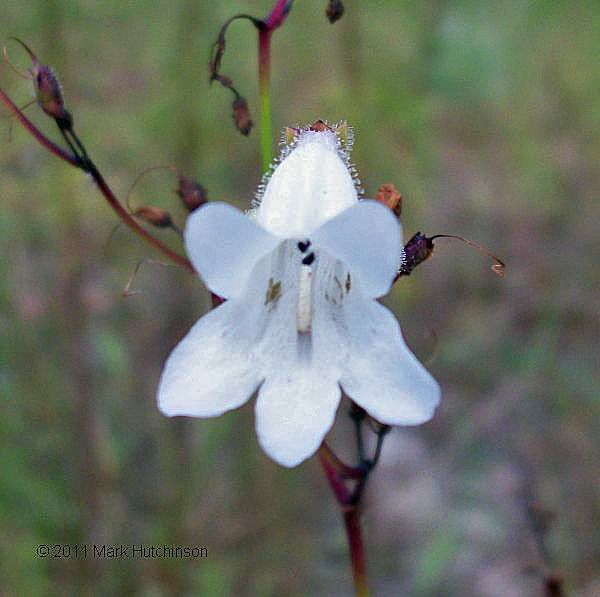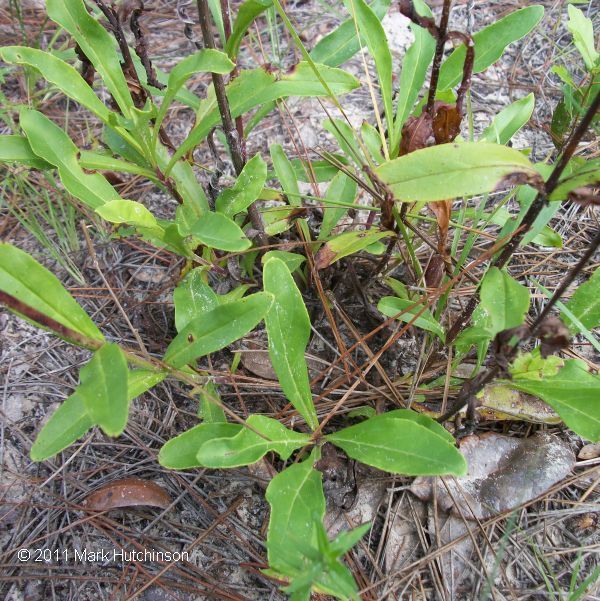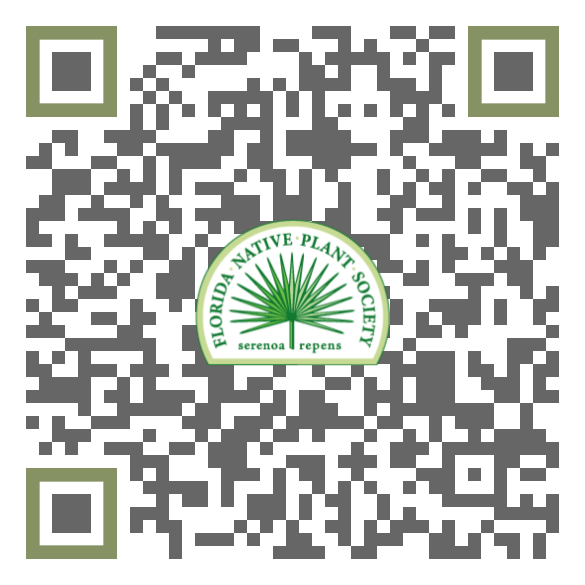FNPS Plant Database
Penstemon multiflorus
Nomenclature
Common Name:
Synonym(s):
Genus species:
Family:
Plantaginaceae
Plant Specifics
Form:
Size:
Life Span:
Long-lived perennial
Flower Color:
Fruit Color:
Phenology:
Noted For:
Landscaping
Recommended Uses:
Considerations:
Availability:
Propagation:
Light:
Moisture Tolerance:
Always Flooded---------------------------------Extremely Dry
□□□□□□□□□□□□□□□□□□□□□□□□■■■■■■■■■■■■■■■■■■
Not wet but not extremely dry -to- 1Stays wet
Salt Water Flooding Tolerance:
Unknown
Salt Spray/Salty Soil Tolerance:
Low/no tolerance of salty wind or direct salt spray
Soil or Other Substrate:
Soil pH:
Suitable to Grow In:
8A,8B,9A,9B,10A,10B

USDA zones are based on the average annual extreme minimum winter temperature.
Don't know your zone? Click here to search by zip code.
Ecology
Wildlife:
Larval host to Baltimore checkerspot ( Euphydryas phaeton )
Attracts bees.
Said by Bok Tower to sometimes attract hummingbirds.
Seeds likely dispersed by wind.
Native Habitats:
Natural Range in Florida:
Visit the USF Libraries Atlas of Florida Plants
Comments:
Ethnobotany:
General Comments:
This species is almost endemic to Florida. Its range overlaps into southern Georgia and southeastern Alabama.
The range includes all of Florida though it is only going to occur where soil, drainage, and fire conditions are appropriate.
Citations:
BONAP range maps
https://flawildflowers.org/flower-friday-penstemon-multiflorus/
https://www.regionalconservation.org/beta/nfyn/plantdetail.asp?tx=Pensmult
Haehle, Robert G. and Joan Brookwell. 1999. Native Florida Plants. Gulf Publishing Company. Houston, TX.
Osorio, Rufino. 2001. A gardener's guide to Florida's native Plants. University Press of Florida, Gainesville, FL.
Wunderlin, R. P., B. F. Hansen, A. R. Franck, and F. B. Essig. 2021. Atlas of Florida Plants ( https://florida.plantatlas.usf.edu /). Institute for Systematic Botany, University of South Florida, Tampa.
